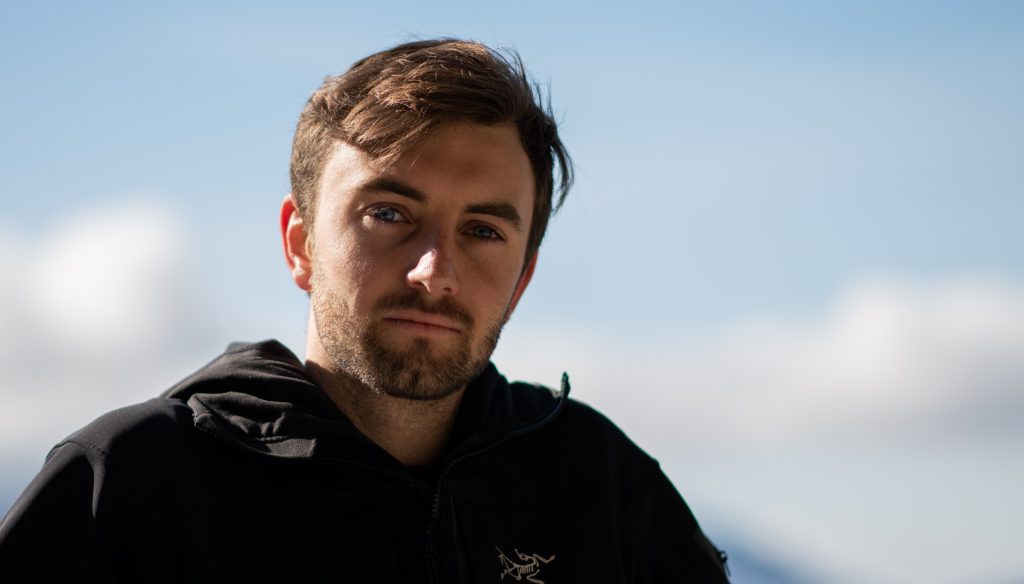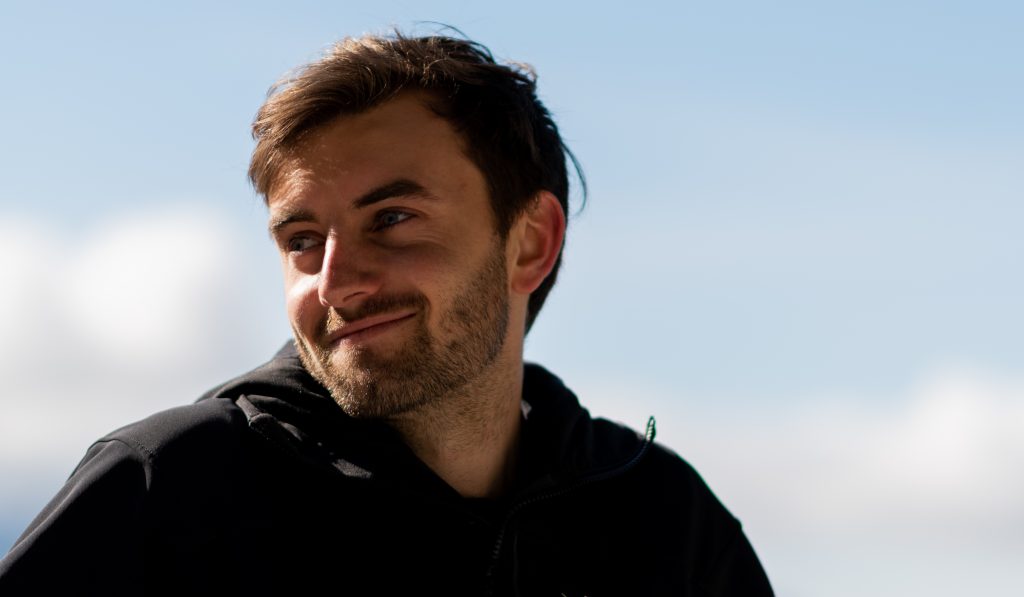Luke Herman BASc ’20 (Electrical) is now in the direct-entry PhD program, as a Jacobs Fellow, at the University of California San Diego in Electrical and Computer Engineering with a focus in photonics.

Luke chose a five-year path to complete his BASc at the School of Engineering at UBC’s Okanagan campus.
What inspired you to go into engineering?
From a young age, I was always fascinated by the application of the fundamental theorems in physics in modern society. Growing up in Houston, Texas, I was always in awe of the NASA engineers and scientists, and I aspired to have as much of a societal impact as them!
Why did you choose UBC Okanagan?
I chose UBC Okanagan as it really represented the experience I wanted for my undergraduate education. The close-knit community, and the opportunity to get substantially involved really provided me with the tools necessary to flourish. Additionally, the ratio of professors to students positively impacted my education, as I have developed close bonds with a couple of professors, in which they have taught me more than what I could learn within the walls of a classroom.

Favourite courses(s)/instructor(s) during your time at UBC Okanagan?
My two favourite courses are Dr. Kenneth Chau’s Advanced Electromagnetism course and Dr. Jonathan Holzman’s Quantum Photonics course. Both courses had the tendency to make your jaw drop and scratch your head at the same time by connecting the dots between the physics behind electrical engineering and their applications in today’s society! Additionally, the deliveries of the content in these two courses are simply unique and are a testament to the School of Engineering’s willingness to bring an innovative spin on classroom teaching.
If applicable, describe your research? Why is your research important?
As an undergraduate research assistant in Dr. Holzman’s Integrated Optics Laboratory, my primary research project is under the umbrella of integrated photonics and materials science. We are developing a new electronic/photonic platform which revolves around laser-induced-graphene. Ever since the discovery and characterization of graphene, the electronics industry has found it difficult to integrate graphene commercially because of the challenges related to fabrication. Our method relies on commercial systems for fabrication, which will allow easier implementation.

What does the future hold for you?
I am entering a direct-entry PhD program as a Jacobs Fellow at the University of California San Diego in Electrical and Computer Engineering with a focus in photonics! Photonics can change the future of many fields, including medicine, communications, imaging, and I hope, whether through academia or industry, to be one of the future leaders in this century’s next technological revolution!